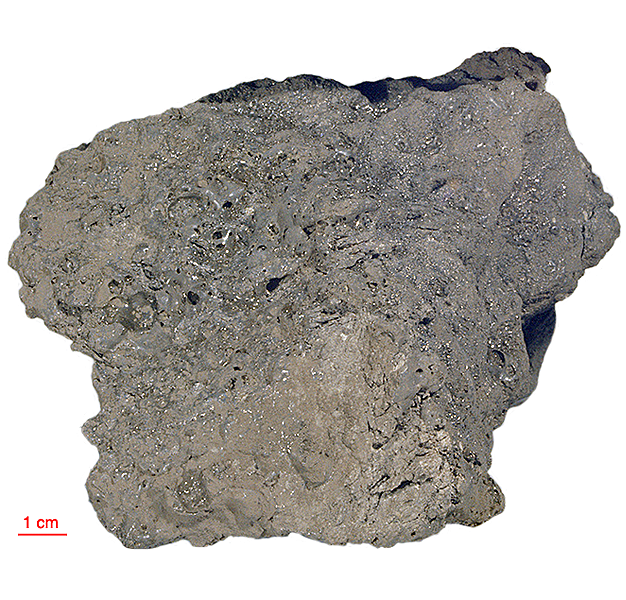
Fact sheet
Large lunar breccia 15505 was collected close to 15558. It is a glass matrix breccia with an abundance of mare basalt clasts. 15505 is one of the most iron-rich breccias from Apollo 15. Our thin section has a flow-banded vesicular glass rim and is dominated by mineral and glass clasts. A fragment of mare basalt occurs bottom right. Rotation 1 shows a pale green vein of vesicular glass, an crystallite-rich glass bead and in indeterminate lithic clast. Rotation 2 shows an area containing mustard yellow and pale green glass fragments. Note the dark brown patches of devitrified glass in the yellow glass.
The sample weighed 1147 grams before analysis. It could not be accurately dated.
Further details of this and other Apollo samples are here: http://curator.jsc.nasa.gov/lunar/
The Apollo 15 landing site was in the Apennine Highlands, and close to Hadley Rille — a long, narrow winding valley. Approximately 76 kg of lunar material, including soil, rock, core-tube and deep-core samples, were returned to Earth.
This mission was the first flight of the Lunar Roving Vehicle which allowed the astronauts to venture further from the Lunar Module than in previous missions. During three periods of extravehicular activity, or EVA, on July 31st, and August 1st and 2nd, Scott and Irwin completed a record 18 hours, 37 minutes of exploration, travelling 17.5 miles, in the first car that humans had ever driven on the Moon.
Apollo 15 was launched on 26 July 1971.







